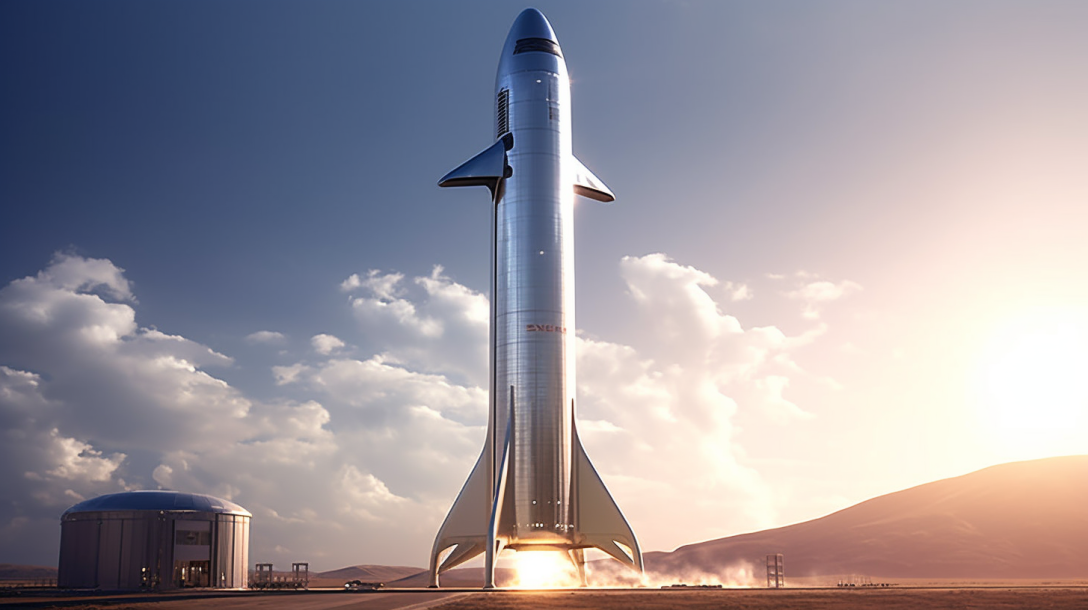SpaceX's Starship: A Game-Changer for Space Exploration and Mass-to-Orbit Costs

Introduction
Space Exploration Technologies Corp., known as SpaceX, has been revolutionizing the space industry with its advanced rockets and spacecraft. Among its innovative projects, the Starship spacecraft stands out as a significant development. This blog post will delve into the capabilities of SpaceX’s Starship and compare it with other current rockets. We will also discuss how it could potentially change the dynamics of mass-to-orbit costs and space exploration capabilities.
Understanding SpaceX’s Starship
SpaceX’s Starship, along with the Super Heavy rocket, forms a fully reusable transportation system. It’s designed to carry both crew and cargo to various destinations including Earth orbit, the Moon, Mars, and potentially beyond.
Starship’s Capabilities
Starship is touted as the most powerful launch system ever developed. After refueling in orbit, it can carry up to 100 tons (220,000 pounds) to the Moon. This capability opens up new possibilities for space exploration and scientific discovery.
SpaceX is also committed to continuous improvement, with numerous upgrades planned for the Starship design. These enhancements aim to increase the efficiency, safety, and reliability of the spacecraft.
Comparison with Current Rockets
There are several operational rockets today, each with its own set of capabilities. For instance, NASA’s Space Launch System (SLS) is designed to enable a variety of missions with its payload mass, volume capability, and energy.
When compared with these rockets, Starship stands out in terms of thrust, payload, cost, and mission flexibility. Its superior payload capacity and the fact that it’s fully reusable can significantly reduce the cost per launch, making space exploration more accessible.
Impact on Mass-to-Orbit Costs
The cost of sending a kilogram of mass to orbit has been a significant barrier to space exploration. Current rockets, while advanced, still involve substantial costs. However, Starship’s reusability and high payload capacity could significantly reduce these costs, making space missions more economically viable.
Implications for Space Exploration
The capabilities of Starship could enable more ambitious missions, such as establishing a permanent human presence on the Moon and even sending crewed missions to Mars. Furthermore, Starship could serve as both a transportation system and a destination in low-Earth orbit, opening up new possibilities for space tourism, research, and other activities.
Conclusion
SpaceX’s Starship represents a significant leap forward in space technology. Its impressive capabilities and potential impact on mass-to-orbit costs could usher in a new era of space exploration. As we look to the future, it’s clear that Starship will play a pivotal role in shaping our journey into the cosmos.